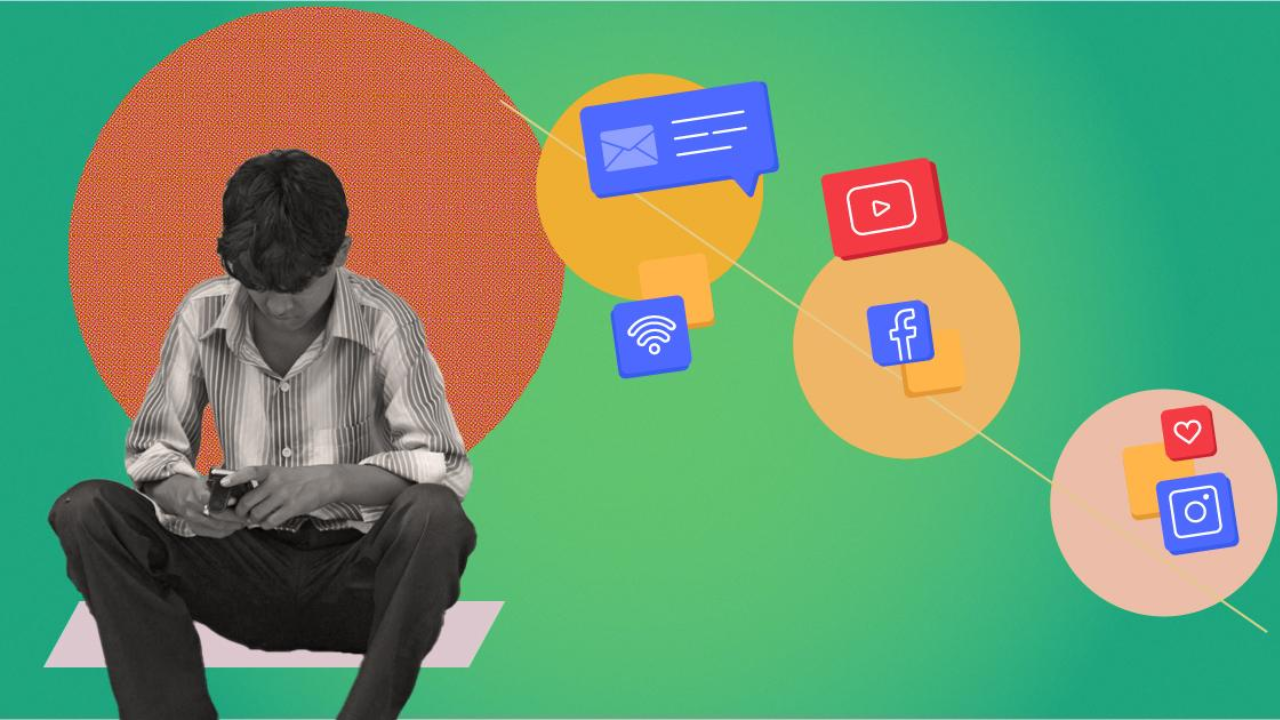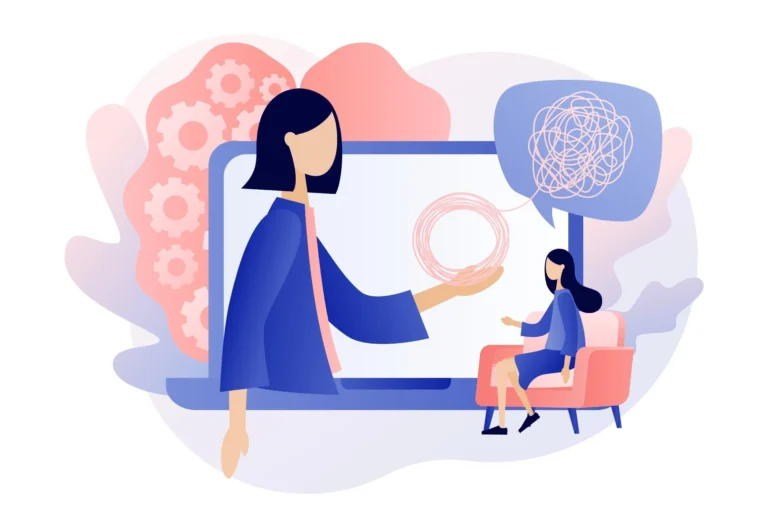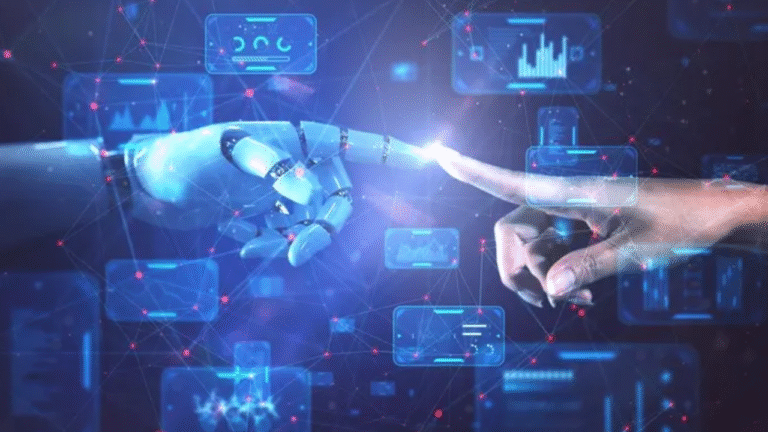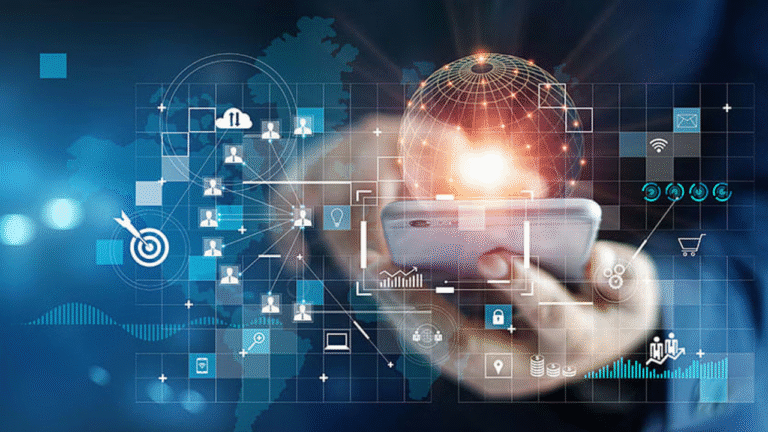How Social Media News Is Influencing Political Opinion in India
Introduction
In today’s fast-moving digital age, social media is no longer just a place for selfies and status updates—it has evolved into a powerful tool that shapes opinions, spreads news, and even influences elections. In India, with over 500 million internet users and an ever-growing number of smartphone owners, platforms like Facebook, Twitter, Instagram, YouTube, and WhatsApp have become primary sources of political information for millions.
But what happens when news on these platforms shapes how people think, vote, and react to national events? This article explores the transformative role of social media news in shaping political opinions in India, both positively and negatively, and how it is changing the very fabric of democracy.
1. The Shift from Traditional Media to Social Platforms
Not too long ago, most Indians relied on newspapers, television, and radio for political news. Today, that reality has shifted. Social media has become the first touchpoint for news, especially among the youth. According to reports, over 70% of Indian users under 35 say they get political updates primarily from social media.
This shift has brought in faster information dissemination, instant debates, and live updates. But it also opens the door for unverified claims, manipulated narratives, and echo chambers that can deeply influence public opinion.
2. The Rise of Political Influencers and Digital Campaigns
Politicians and political parties in India now actively use social media to communicate their messages. Leaders like Narendra Modi have millions of followers on Twitter and Instagram, where they post updates, speeches, and policy highlights.
During elections, parties run targeted ad campaigns, live events, and influencer collaborations to engage with voters. These digital campaigns are designed to reach specific demographics, often using data analytics and algorithms to tailor messages based on age, gender, location, and interests.
This direct line of communication bypasses traditional media filters and allows politicians to build their own narratives—but also limits the room for balanced scrutiny.
3. WhatsApp and the Role of Forwarded News
India has over 400 million WhatsApp users, making it one of the most influential tools for spreading information—and misinformation. Political parties, campaigners, and even foreign actors have been known to use WhatsApp groups to circulate political propaganda, fake news, and emotionally charged content.
Because WhatsApp is encrypted and personal, fake news spreads rapidly, often unchecked. These forwards—many containing edited videos, false claims, or biased statistics—can strongly influence opinions, particularly in rural or semi-urban areas where fact-checking tools are less accessible.
4. Social Media as a Tool for Activism and Counter-Narratives
Despite the risks, social media has also empowered citizens to hold power accountable. Platforms like Twitter and YouTube have given rise to independent journalists, student leaders, and grassroots activists who voice alternative viewpoints and expose injustices.
Movements such as:
- #CAAProtests
- #FarmersProtest
- #MeTooIndia
gained massive traction online, mobilizing public support, media attention, and global solidarity.
This shows that social media is not only shaping political opinion—it is democratizing political discourse, allowing even the marginalized to speak out and be heard.
5. Algorithms and the Creation of Echo Chambers
One of the biggest challenges of social media news is how algorithms decide what users see. Platforms are designed to show more of what you like and engage with, creating an echo chamber where users are exposed only to similar opinions.
This leads to:
- Polarization: People become more rigid in their views.
- Intolerance: Opposing perspectives are seen as threats.
- Misinformation loops: Fake news gets repeated and reinforced.
In India, this has resulted in increasing political divide, where users rarely come across diverse viewpoints unless they actively seek them out.
6. Youth Engagement and Political Awareness
On a positive note, social media has increased political awareness among young Indians. Gen Z and millennials actively discuss:
- Elections
- Policies
- Environmental and social issues
Platforms like Instagram Reels and YouTube Shorts are now being used to explain complex political topics in simplified, engaging formats. Digital creators are producing content on:
- How voting works
- What political manifestos mean
- Government schemes and rights
This shift is creating a more informed and engaged voter base, which is vital for a healthy democracy.
7. Fake News, Deepfakes, and the Misinformation Crisis
A major downside of political news on social media is the explosion of fake content. Deepfake videos, false quotes, edited news clips, and satirical posts often get shared without context. Some of these go viral and damage reputations, incite hatred, or mislead voters.
The lack of media literacy among users, combined with language diversity and local biases, makes fact-checking even harder in India. While platforms like Alt News, Boom Live, and Factly are doing critical work in debunking fakes, the scale of misinformation remains a serious threat.
8. Government Regulations and Social Media Oversight
In response to growing concerns, the Indian government has introduced new Information Technology Rules that require platforms to:
- Remove unlawful content quickly
- Appoint grievance officers
- Trace the origin of harmful messages
While intended to curb misinformation and hate speech, critics argue these laws could threaten free expression and be used to suppress dissent.
This makes it essential to strike a balance between regulation and freedom, ensuring both safety and democratic openness online.
9. The Urban-Rural Divide and Digital Literacy
Though internet penetration is improving, a digital divide still exists. Many rural users access social media through low-cost smartphones without high awareness of how to verify content.
Political news consumed through short video platforms, WhatsApp, or Facebook groups often lacks balance or credible sourcing. This makes rural populations vulnerable to manipulation, especially during election periods.
To counter this, educational initiatives promoting media literacy and digital responsibility are needed across India.
10. The Future of Political Discourse in a Social Media-Driven India
As we look ahead, it is clear that social media will continue to be a central force in Indian politics. Whether it strengthens democracy or weakens it depends on:
- Platform accountability
- User awareness
- Transparent government policies
- Strong independent media
With responsible use, social media has the potential to educate, empower, and engage millions. But unchecked, it can also mislead, divide, and radicalize.
Conclusion
Social media news is no longer on the sidelines—it’s at the center of India’s political conversation. It influences what people believe, how they vote, and how they view others. It can promote truth or amplify lies. And in the world’s largest democracy, its role is only growing.
As users, creators, educators, and citizens, we all have a role to play in ensuring that this powerful tool is used wisely, ethically, and constructively. Because in shaping opinions, we’re also shaping the future of India.






